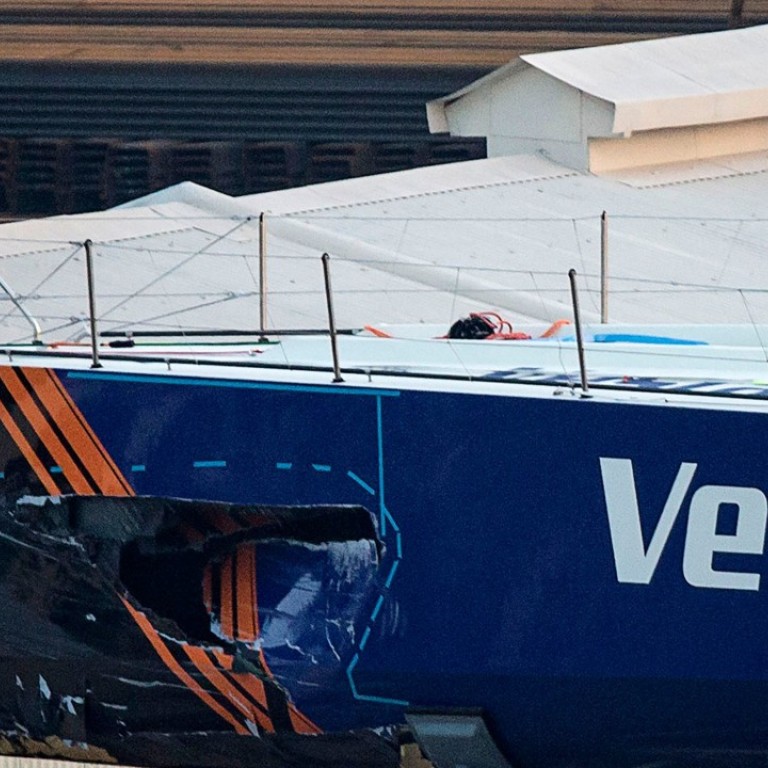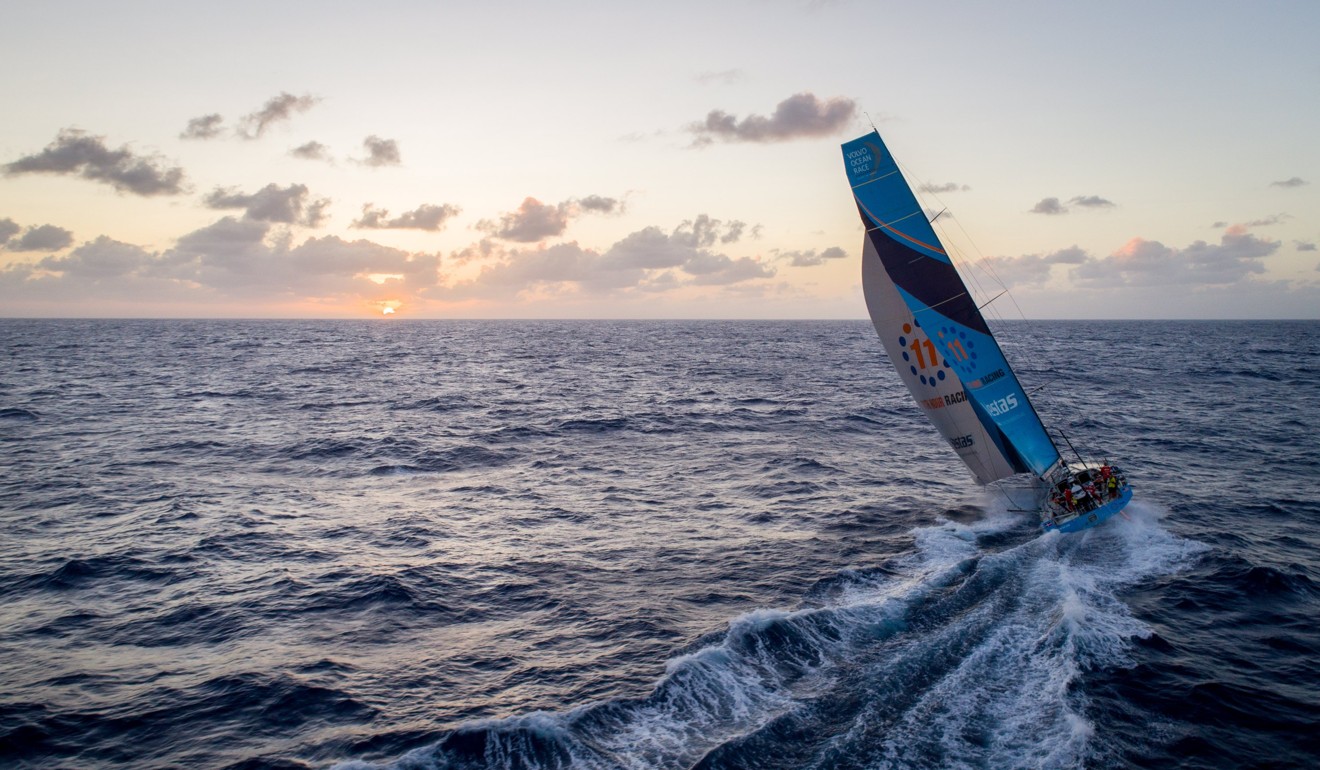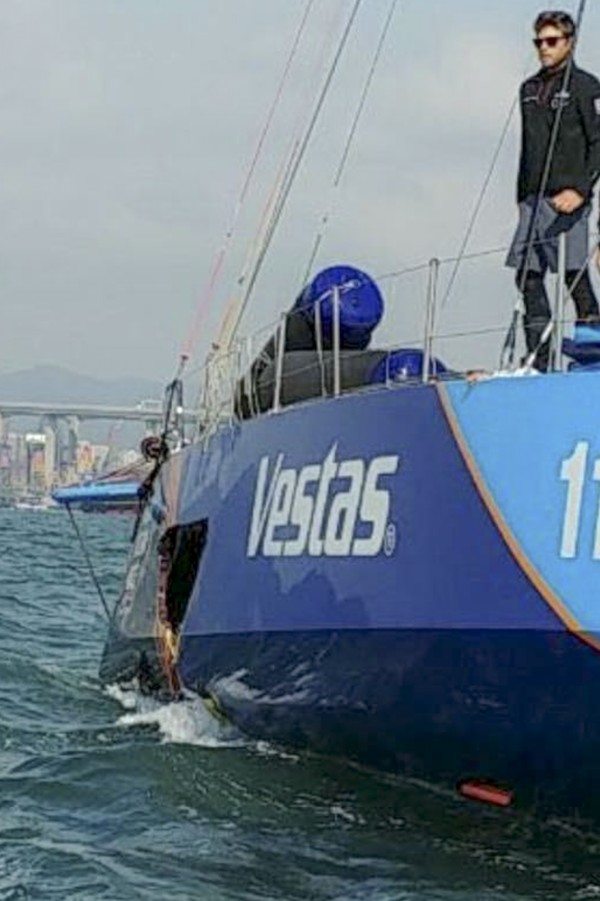
Fatal Volvo Ocean Race collision off Hong Kong prompts report into making ocean racing at night safer
A fisherman died after Vestas 11th Hour Racing and a mainland fishing boat collided towards the end of leg four
An independent report into the hazards of ocean racing at night is to be undertaken as a result of the collision off Hong Kong in January that caused the death of a mainland fisherman.
Organisers of the Volvo Ocean Race have commissioned the report into night racing in areas of high vessel traffic density to identity steps that can be taken to avoid future accidents.
“Understandably, there has been a lot of reaction to this incident in the sailing community, but the fact is, it takes time to make a responsible assessment of what could be done differently to minimise risk and increase safety,” said race director Phil Lawrence.
“Our sailors, as qualified professionals, understand their responsibilities under the International Regulations for Preventing Collisions at Sea, Racing Rules of Sailing and the Rules of the Volvo Ocean Race.
“As race organisers, we will continue to evaluate safety as we race over the coming months and take the appropriate steps to minimise risk.”
American-Danish boat Vestas 11th Hour Racing collided with a fishing boat about 30 nautical miles from Hong Kong in the fourth leg of the round-the-world race, won by Hong Kong’s Sun Hung Kai/Scallywag.

The Vestas crew pulled one man from the water and tried to revive him before he was taken to hospital by helicopter. The man died later, while nine others were rescued.
Vestas suffered a damaged hull and pulled out of the leg. They also missed legs five and six to Guangzhou and Auckland, respectively. Vestas is undergoing repairs in Auckland and is expected to rejoin the race for leg seven to Brazil.
The report will be conducted by the Independent Report Team (IRT), chaired by Chris Oxenbould and assisted by Stan Honey and Chuck Hawley.

Oxenbould is a former deputy chief of the Australian Navy and an experienced ocean racing yachtsman with a particular expertise in navigation. He is also the former chairman of Australia Sailing’s National Safety Committee.
Honey, a renowned sailor and ocean navigational expert who won the Volvo Ocean Race 2005-06 as navigator on board ABN AMRO ONE, and Hawley, who is the former chairman of the US Sailing Safety at Sea Committee, will assist Oxenbould on the report.
The IRT will examine all the issues associated with racing a Volvo Ocean 65, or similar racing boat, at night in areas of high vessel traffic density, drawing on the experiences in recent editions of the Volvo Ocean Race.
Any findings from the report that could benefit the wider sailing community will be released. It is intended that the IRT will make its report available to Volvo Ocean Race by June 2018.

